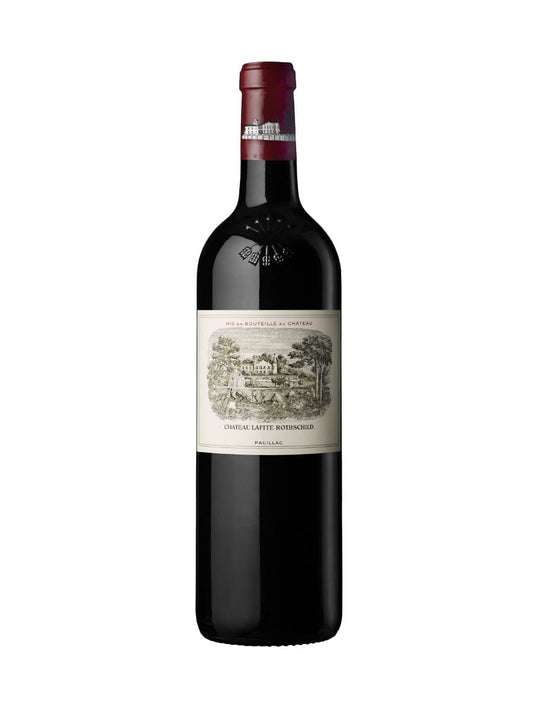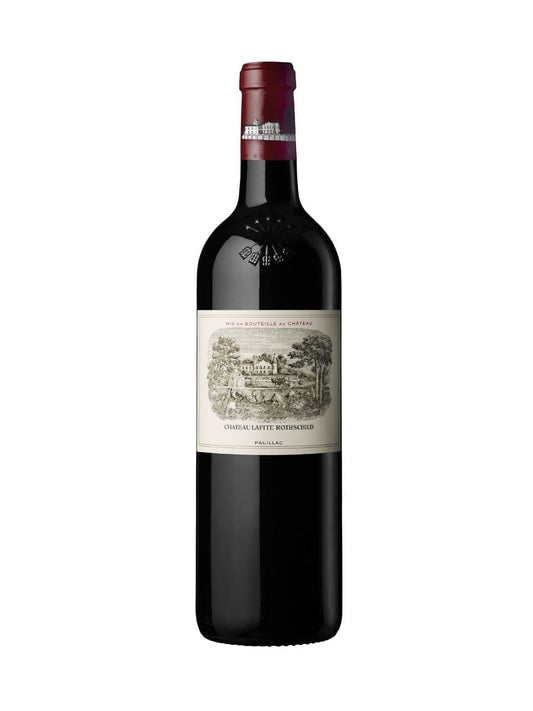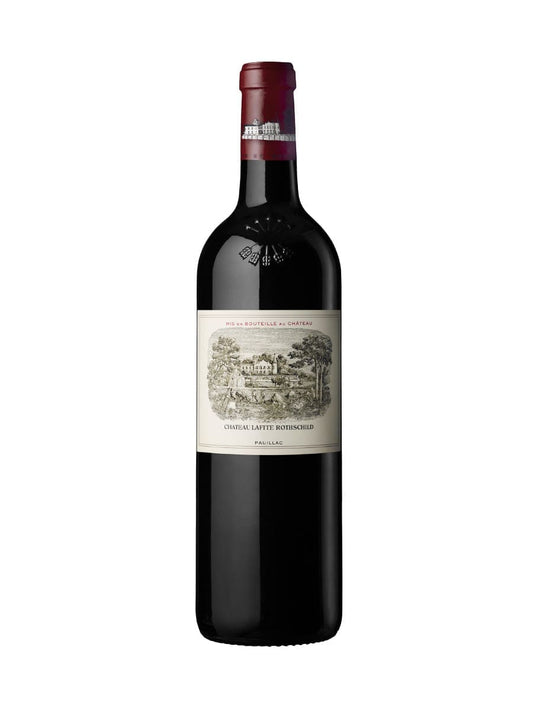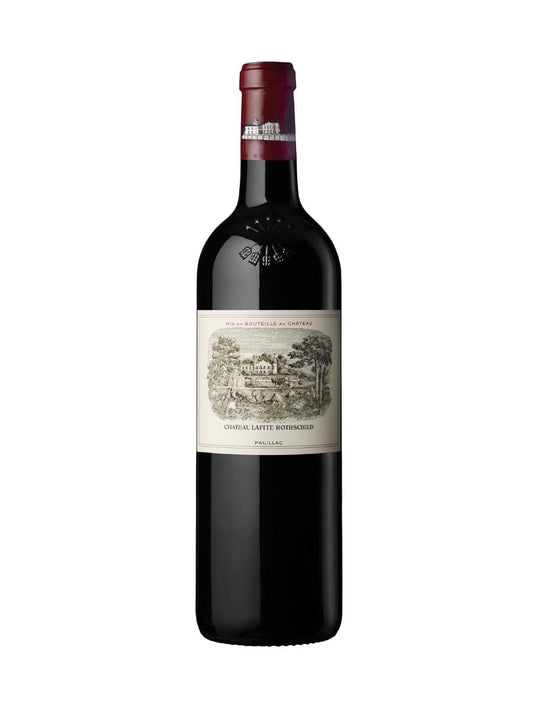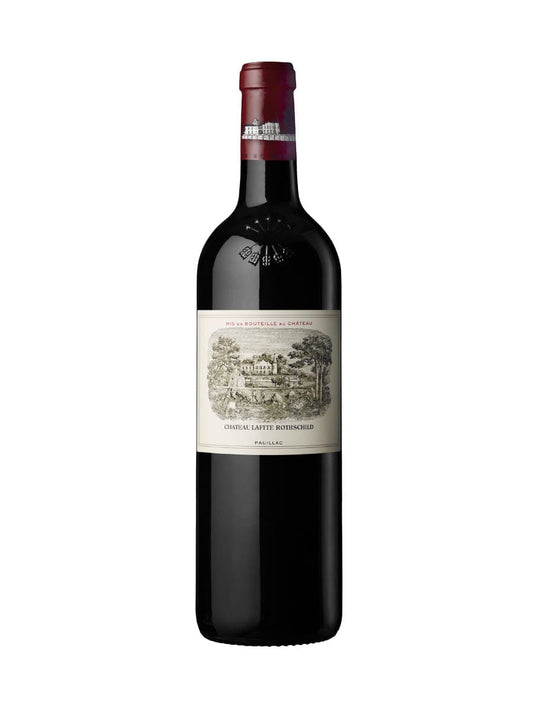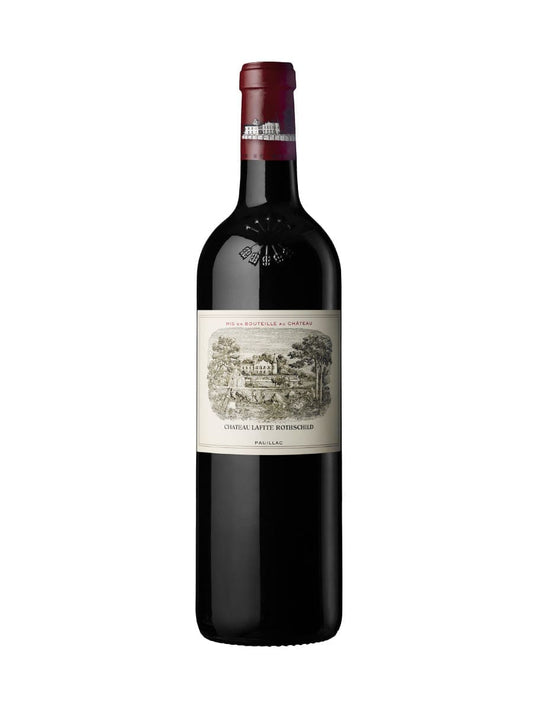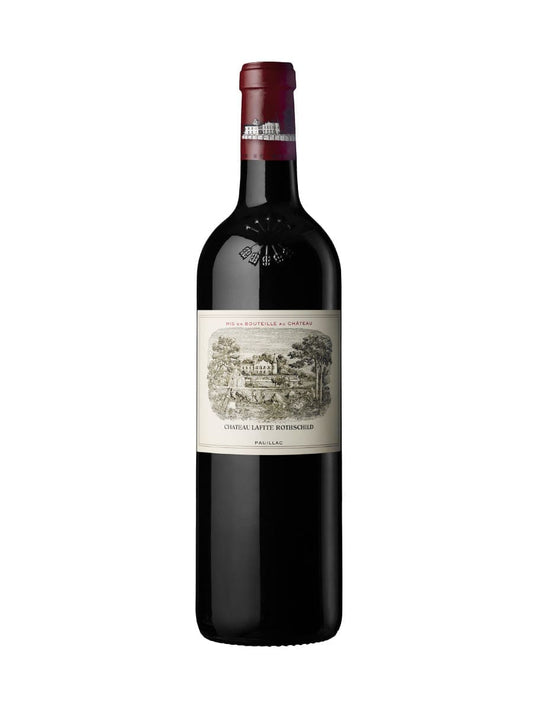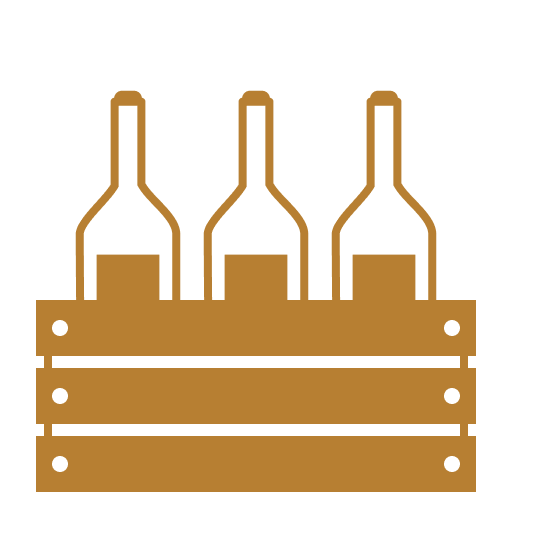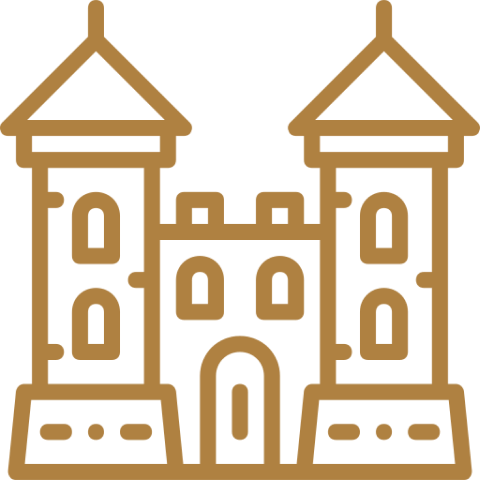CHATEAU LAFITE ROTHSCHILD
The château located in Médoc, was classified as Premier Cru in the 1855 classification, in Pauillac appellation. The Château Lafite Rothschild history started in the 13th century. Until the 17th century, the estate was a co-lordship whose co-owners received the rents from farmers who were cultivating the lands, some of which were already dedicated to the culture of vine. Between 1670 and 1680, Jacques de Ségure structured the vineyard. In 1695, Jacques de Ségur’s son, Alexandre, married Château Latour’s heiress, gathering the history of the two estates for some decades. Their son, Nicolas-Jacques Ségur, will have as a nickname “Prince of the vines”. In 1868, Baron James de Rothschild acquired Château Lafite after it had been publicly put up for sale. Plus d'information
Découvrez nos millésimes CHATEAU LAFITE ROTHSCHILD
Château Lafite Rothschild: A Living Legacy of Excellence
A Family Story
The history of Château Lafite Rothschild dates back to the 13th century. Until the 17th century, the estate was a co-seigneury, with its owners collecting rents from farmers cultivating its lands. Among these crops, some plots were already...
Découvrez nos millésimes CHATEAU LAFITE ROTHSCHILD
Château Lafite Rothschild: A Living Legacy of Excellence
A Family Story
The history of Château Lafite Rothschild dates back to the 13th century. Until the 17th century, the estate was a co-seigneury, with its owners collecting rents from farmers cultivating its lands. Among these crops, some plots were already dedicated to vine growing. The name "La Hite" comes from the Gascon dialect, meaning a ridge, and it was from this that the estate inherited its name, Lafite—a place where the subsoil was recognized as unique, finer, and lighter in texture.
Between 1670 and 1680, Jacques de Ségur undertook the structuring of the vineyard, laying the foundation for Lafite's reputation. A few years later, in 1695, his son married the heiress of Château Latour, bringing together the history of these two renowned estates for a few decades.
In preparation for the Paris Universal Exhibition, the Bordeaux wine estates were classified by the regional Chamber of Commerce, giving birth to what is still known today as the "official classification of Bordeaux wines of 1855". During this classification, the quality of Château Lafite Rothschild's wines was recognized as Premier Grand Cru Classé. At Napoleon III's Universal Exhibition, Lafite was awarded the title of "Premier des Premiers" (First among the First).
"Lafite has a soul, a beautiful, kind, and generous soul. Lafite turns the land into a dream. Lafite is harmony, harmony between nature and man because, without our wonderful winemakers, nothing would be done." — Baron Eric de Rothschild
Today, this rare and iconic wine estate spans 267 hectares, including 112 hectares of vineyards. 104 dedicated individuals work every day to refine and achieve Lafite's excellence.
Behind a Name, A Living Heritage
The vineyard of Château Lafite Rothschild cultivates the four emblematic Bordeaux grape varieties: Cabernet Sauvignon, Merlot, Cabernet Franc, and Petit Verdot. It is structured into three main sections: to the west, the Carruades plateau, the slopes surrounding the Château, an isolated 4.5-hectare plot in Saint-Estèphe.
The 112 hectares of vines thrive on Lafite's legendary gravel plateau, formed over two million years ago by geological activity. The alluvial deposits that shaped these gravel soils originated from the formation of the Massif Central and the Pyrenees, carried by the Garonne and Dordogne rivers.
The fine and deep soil is composed of gravel mixed with windblown sand. This composition naturally regulates water levels throughout the year, ensuring the vines receive the right amount of water at the right time. Additionally, the vineyard benefits from a well-drained and well-exposed tertiary limestone subsoil.
Lafite Rothschild is also home to a "rebel" plot, one that has resisted the phylloxera plague. This ungrafted, century-old vineyard—over 140 years old—is meticulously cared for and enhanced year after year through the passionate and precise work of the estate's teams.
The Lafite Cedar is a symbol of the estate's living heritage, passed down through generations. Standing on the estate for 300 years, it was replanted at the start of the new millennium. Its roots and silhouette remain a testament to Lafite's deep respect for tradition.
A Commitment to Sustainable Viticulture
The ecosystem of Château Lafite Rothschild has always been protected by its teams. The estate was a founding member of Bordeaux's first EMS (Environmental Management System) and is ISO 14001 certified. It also holds the HVE (High Environmental Value) certification since 2018 and has been in organic conversion since 2021. In December 2023, the estate joined the B Corp community, reinforcing its commitment to sustainability.
The 126 hectares of wetlands and woodlands surrounding the vineyard are classified as Natura 2000, an European network of protected natural areas. These ecosystems are preserved and managed through initiatives such as: beekeeping programs, hedge planting to strengthen biodiversity corridors, a conservation plan for the marine cow species. By 2030, the estate aims to further enhance this exceptional ecosystem by planting 7 km of hedges and creating wooded areas with the addition of 60 new trees.

